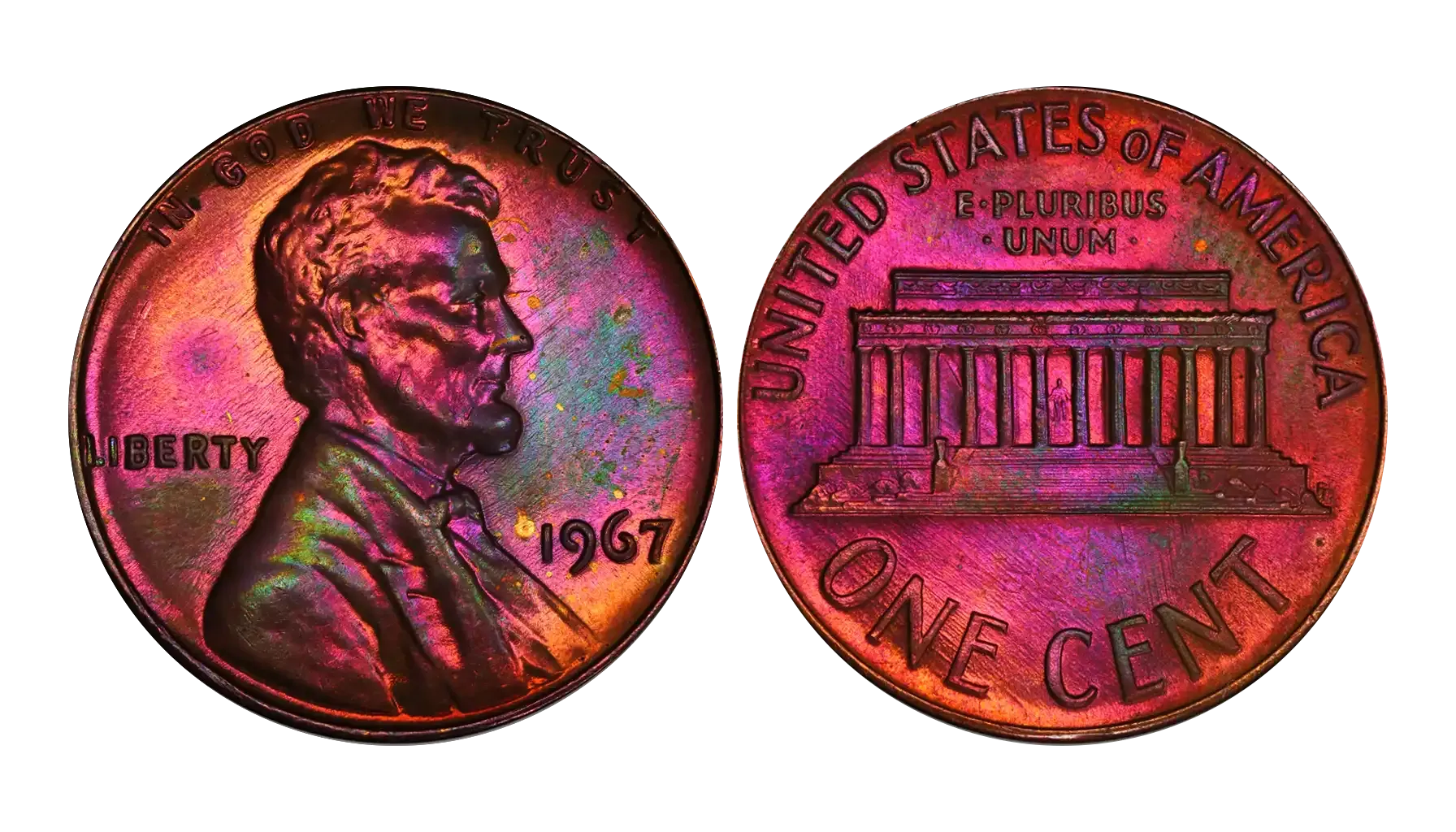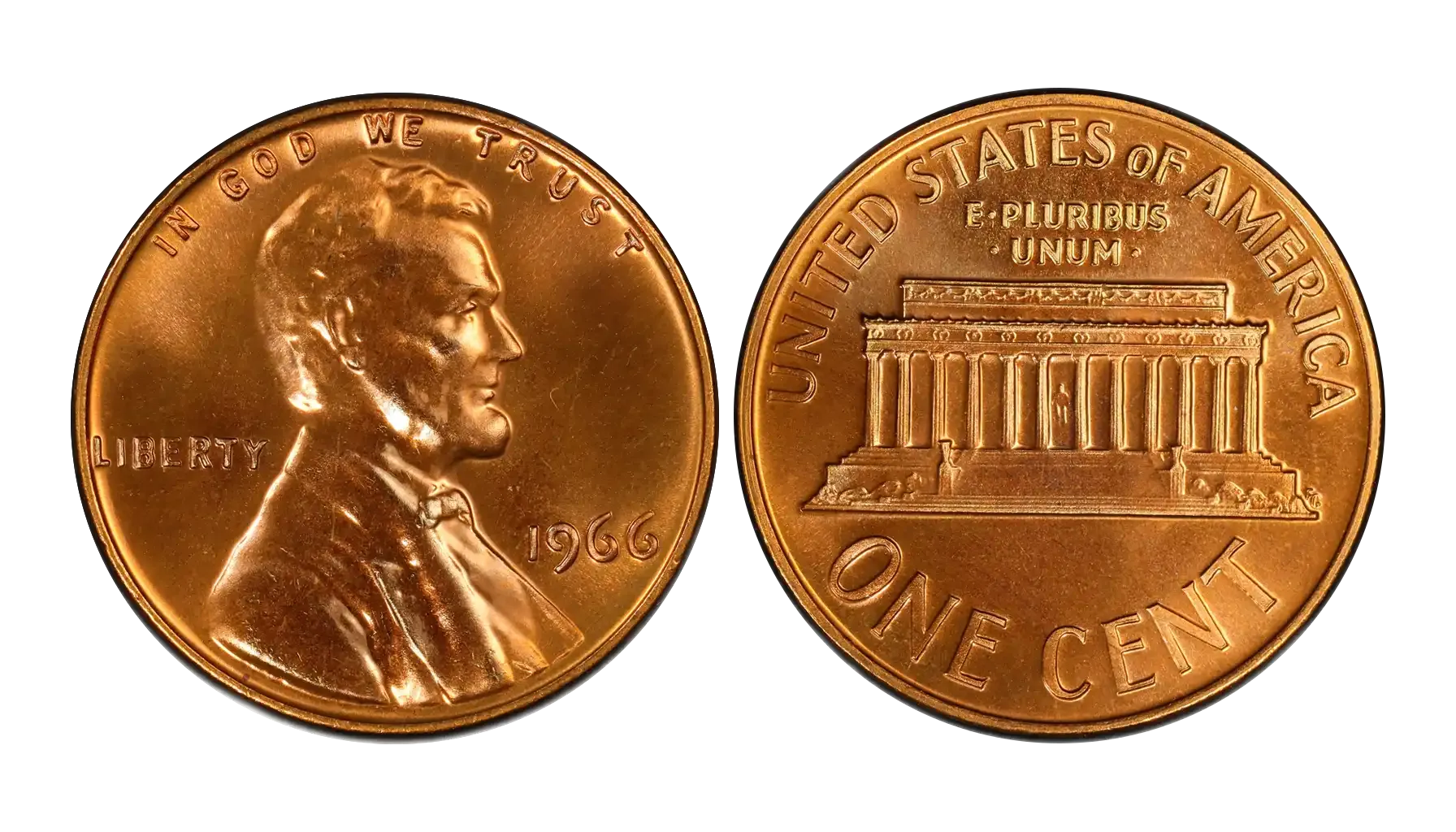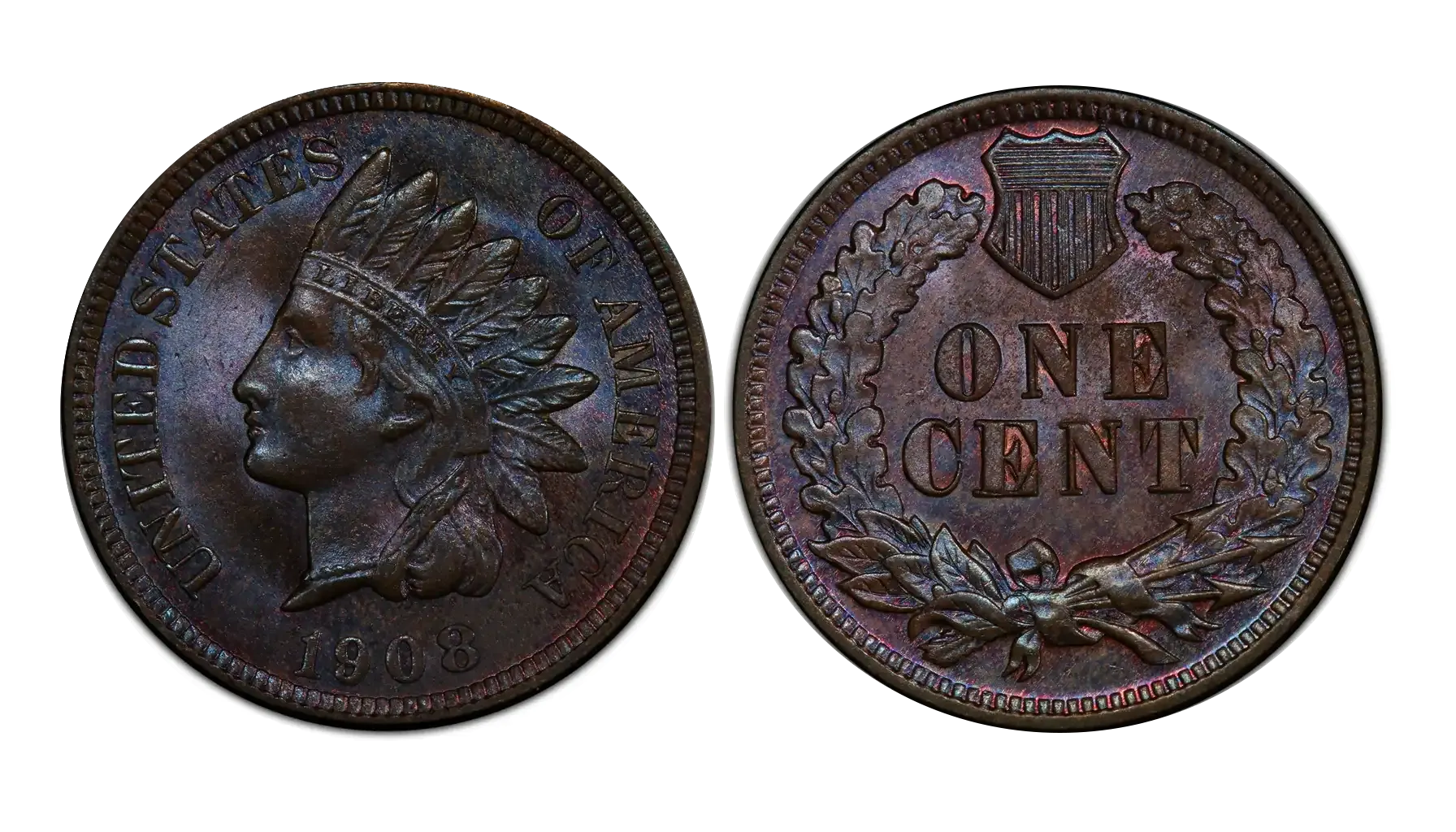Contents:
The world of old coins is always fascinating, and Japanese coins are no exception. For any numismatist and collector, the mention of Japan evokes associations not only of samurai, sakura and beautiful tea ceremonies, but also of the amazing heritage that can be traced through the coins. These coins reflect Japan's rich history and are highly desirable by collectors around the world. So, here we would like to review the key periods in Japanese coin history in detail and show specific examples of coins to keep you informed on how to identify and appreciate these valuable collectibles.
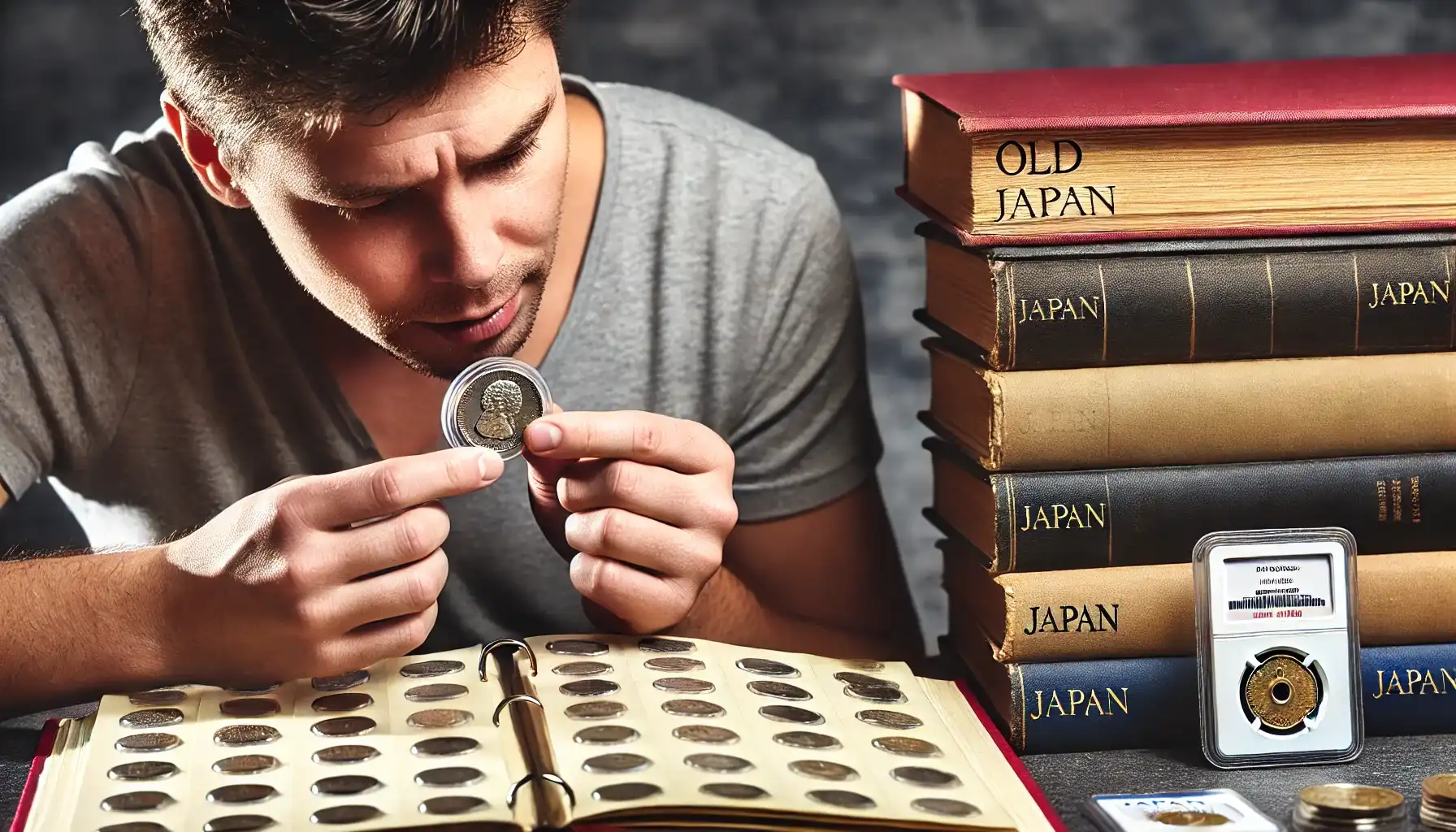
A Few Words About the History
Japanese monetary history spans several centuries, from the first metal money of the Nara period to the modern commemorative coins of the Shōwa period. And each period is characterized by the unique features of minting, materials used and coin designs. Below you can see the main periods and characteristics of coinage system of that times:
Periods | Years | Main Coins | Features |
Nara Period | 710–794 | Wadōkaichin (和同開珎) | The first metal coins inspired by Chinese currency. Coins of limited mintage; copper coins (just like the 1967 US dime) with a square hole in the center. |
Heian Period | 794–1185 | Chinese coins | Limited minting of local coins. The economy was predominantly based on barter and the use of imported Chinese coins (Song dynasty copper coins). |
Kamakura Period | 1185–1333 | Lack of coinage | During this period, Japan mainly used Chinese coins. Barter economy was an important part of the economic system, but there were also alternative forms of exchange such as rice and so on. |
Edo Period | 1603–1868 | Coban (小判), Oban (大判). | Introduction of oval gold coins. Cobans were used in large deals, control over minting was strictly regulated. |
Meiji Era | 1868–1912 | 1 yen, 20 yen | Introduction of the yen as the official currency in 1871. Gold and silver coins depicting dragons and the coat of arms of Japan. |
Taishō Era* | 1912–1926 | Commemorative coins | Minting a limited number of commemorative coins in honor of important events (e.g., for the coronation of Emperor Taisho). Commemorative coins were made of precious metals, e.g., from silver. |
Shōwa Era* | 1926–1989 | Olympic and commemorative coins | Many changes in the coinage system; special coins issue, e.g., the 1964 Olympic coins commemorating the Tokyo Olympics; minting of limited edition coins. |
Now, let us tell you about specific examples of coins from different times in more detail.
Detailed Examples of Japanese Coins and Old Japanese Coins Value
Nara Period (710–794)
The Nara period marks the beginning of the official minting of metal coins in Japan, which was influenced by the Chinese monetary system. One of the first official Japanese coins was the Wadōkaichin (和同開珎), which was based on Chinese designs (and its square-hole shape is a typical feature of Chinese coins of the time). Though not widely circulated, the coins of this period played an important role in the establishment of the Japanese monetary system.
Example: Wadōkaichin (和同開珎) Coin
The coin, issued in 708, is made of copper and weighs about 3 grams. It has a round shape with a square hole in the center and Chinese characters on the obverse. Its rarity is explained by the limited mintage and the economic problems of the time.
Estimated Value: $1,000 to $10,000
Interesting Fact: The name “Wado” comes from the copper mine in Japan where the material for minting these coins was found. This coin was also considered one of the first tools to establish a common currency standard in the country.

Heian Period (794–1185)
During the Heian period, official coinage was minimal, and Japan's economy increasingly relied on barter and Chinese coins such as Kaiyuan Tongbao (開元通宝). Japanese currency ceased to be produced due to the weak economy, and it was imported coins that were most popular until the beginning of the Kamakura period.
Example: Kaiyuan Tongbao (開元通宝) Coin
The coin, made of copper and weighing around 3-4 grams, has a round shape with a square hole in the center, featuring Chinese characters on both the obverse and reverse. It was brought to Japan through trade routes connecting the country with China.
Estimated Value: About $50-$200
Interesting Fact: During this period, Chinese coins actually replaced Japanese coins due to insufficient minting and economic problems.
Kamakura Period (1185–1333)
During the Kamakura period, the Japanese coinage system continued to rely on Chinese coins, and in-house coinage was rare. Japan imported Song and Yuan dynasty coins for domestic use. Chinese silver (like Mercury dimes) and bronze coins were considered the main currency, although local authorities produced small amounts of coins for trade and ritual purposes.
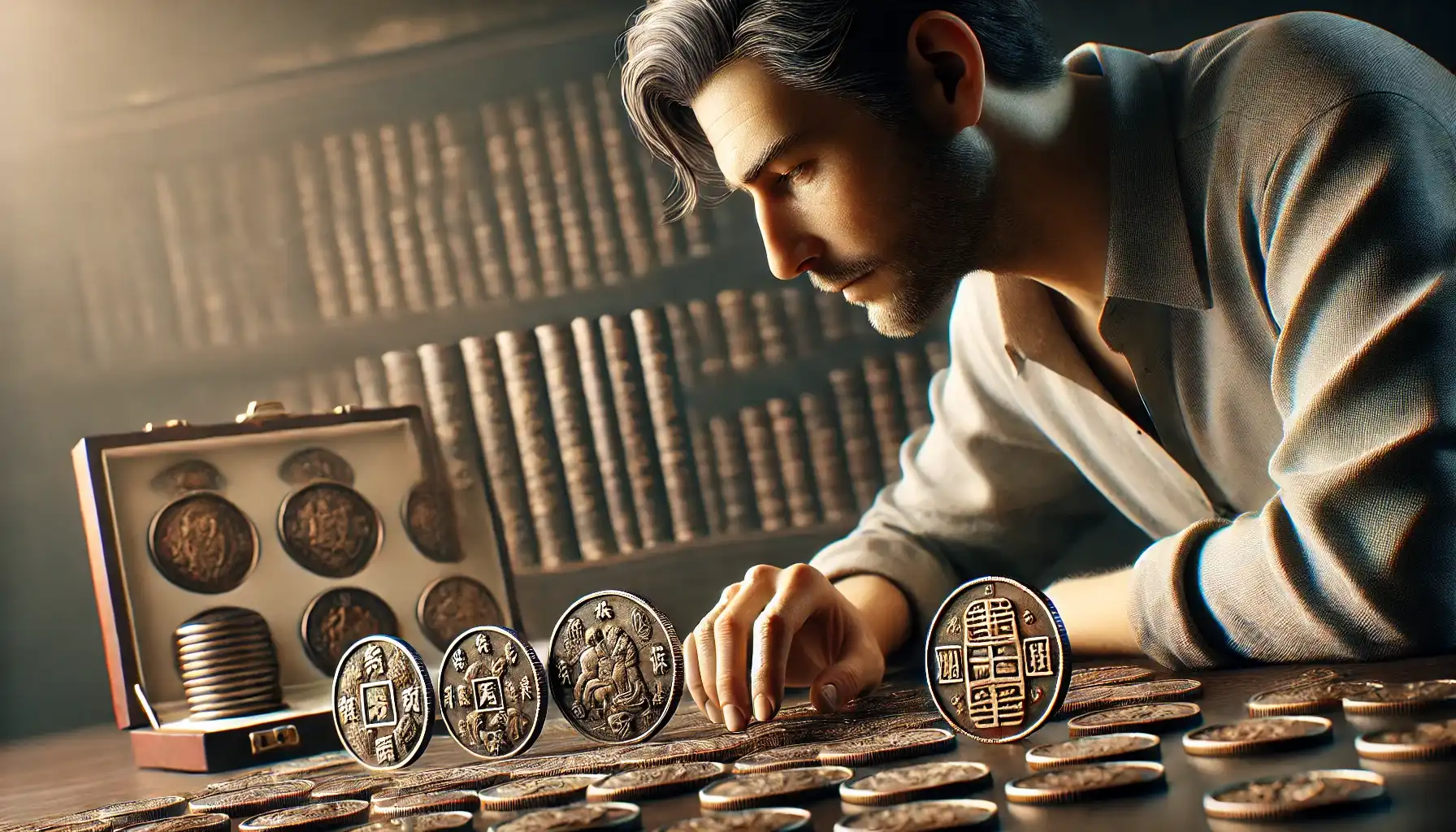
Edo Period (1603–1868)
The Edo period is one of the most important in the history of Japanese coinage. During this time, the famous Koban (小判) and Oban (大判), oval gold coins (that were used in large transactions) were introduced. These coins were minted exclusively by the Tokugawa shogunate government, and their weight and quality were strictly controlled.
Example: Koban (小判) Coin
The coin, made of gold and weighing about 18 grams, is oval in shape with engraved symbols of the Tokugawa clan. The coin was issued in the 17th century and its minting was strictly controlled to maintain the prestige of the currency.
Estimated Value: About $10,000 to $50,000
Interesting Fact: The Koban was the standard currency for large trade transactions and was used as diplomatic gifts between countries.
It is important to note that further examples of coins are from more modern issues, but we will also talk about them to ensure a comprehensive review.
Meiji Era (1868–1912)
After the Meiji Restoration, Japan's modern currency, the yen, was introduced in 1868. Minting began using gold and silver, and new coins such as the 1 yen and 20 yen were introduced. These coins had a new design featuring a dragon and the coat of arms of Japan.

Example: 1 Yen Coin
The coin, made of silver and weighing 26.96 grams, showing a dragon on the obverse and the Japanese coat of arms on the reverse, was issued in 1871. It represents the first Japanese coins produced according to international currency standards.
Estimated Value: About $500–$5,000
Interesting fact: The yen was introduced to simplify financial transactions and create a unified monetary system that conformed to Western standards.
Taishō Era (1912–1926)
The Taishō period was marked by political and economic changes that affected coinage. Japanese currency continued to modernize and follow international standards. The focus was on silver and copper coins, including earlier versions of the yen, as well as smaller denominations.
Example: 50 Sen Coin
This silver coin (composed of 80% silver and weighing 4.95 grams) shows a dragon on the obverse and the denomination along with the Japanese coat of arms (chrysanthemum) on the reverse. The coin was issued in 1917 and was of international importance due to its silver content, which made it an important part of the monetary system at that time.
Estimated Value: $100–$500
Interesting fact: Due to changes in the world economy and the effects of World War I, the production of silver coins was greatly reduced at the end of the Taishō period.
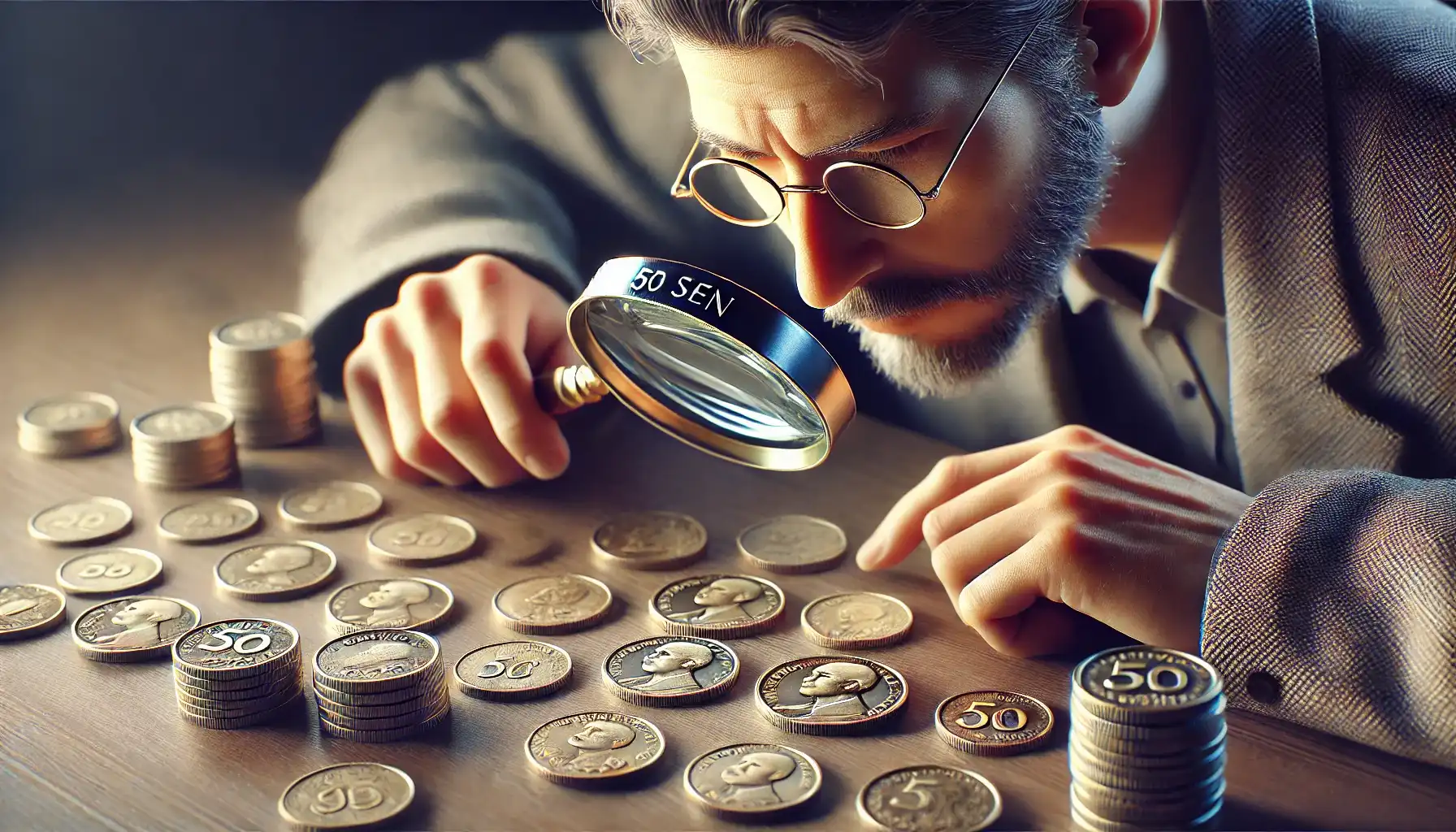
Shōwa Era (1926–1989)
The Shōwa period is the longest period in Japanese history, and it included many changes in the coinage system. This time spanned World War II, postwar reconstruction, and Japan's economic growth. During this time, coins were issued with different metals (from silver and copper to aluminum and nickel), as well as the new denominations were introduced.
Example: 100 Yen Coin
This 1959 silver coin, made of 60% silver and weighing 4.8 grams, depicts a chrysanthemum on the obverse, symbolizing the Japanese imperial family, with the denomination and text on the reverse. The coin is notable as the first 100 yen coin minted after World War II, struck in silver before transitioning to a copper-nickel alloy in 1967.
Estimated Value: $20–$150
Interesting Fact: The 100 yen coin from the Shōwa period was an important part of Japan's economic recovery after the war and symbolized the beginning of the country's economic growth in the 1960s.
* Here, we would like to point out that the estimated value of old Japanese coins may vary depending on condition, rarity of specific pieces and current market conditions. It is recommended to consult with professional numismatists or use current technology tools, such as the Coin ID Scanner app, to get the most accurate valuation in just a couple of clicks. Use the app to identify a coin, get up-to-date information about it and an estimated value quickly and conveniently.
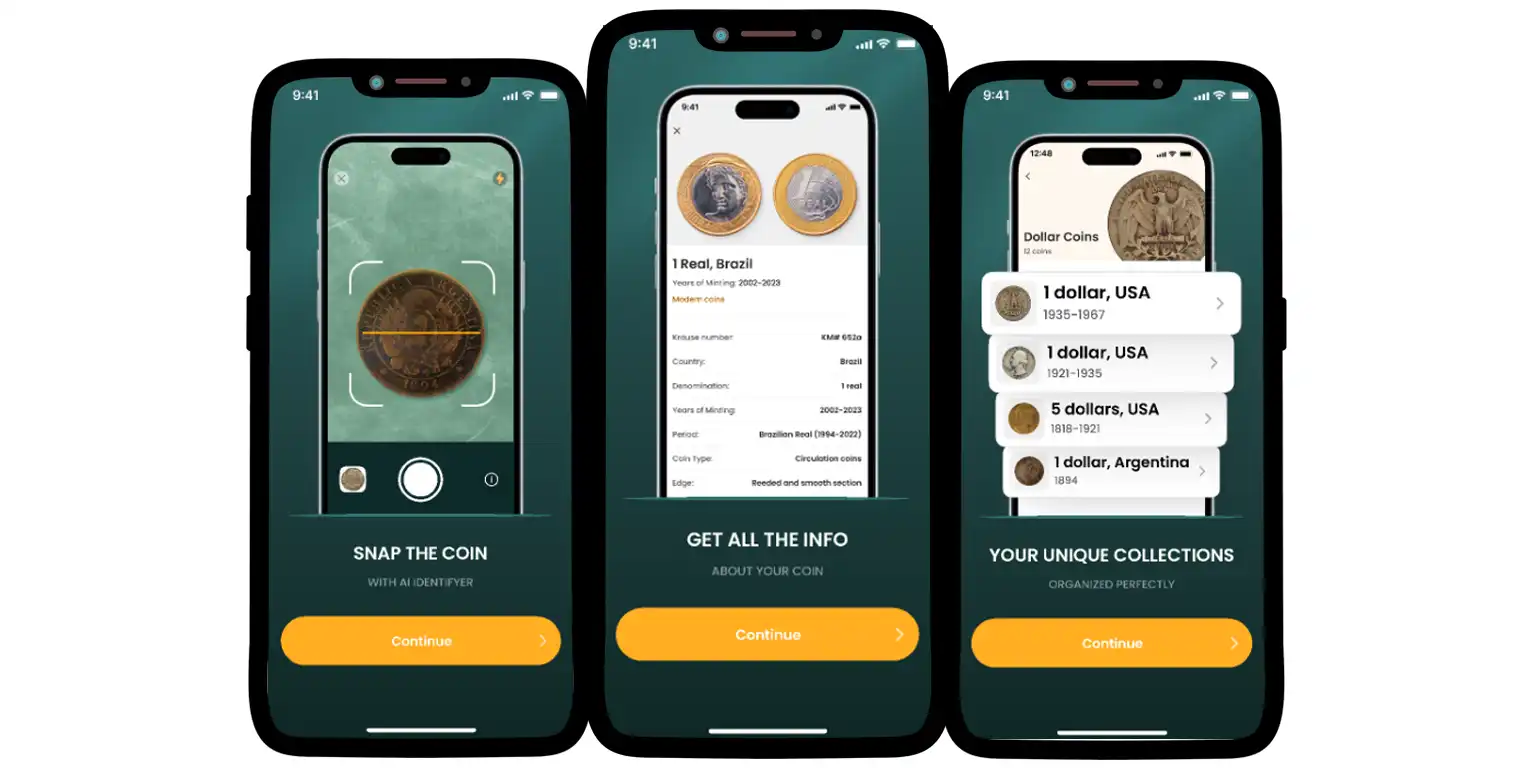
Your Precious Relics
Japanese old coins are living testament to the country's rich history and culture. Each of the coins, from the first copper coins to the luxurious gold coins and modern commemorative coins are unique and special in their own way and can be a valuable addition to any collection. Don't miss the chance to touch the history of Japan through ancient coins, which can bring both enjoyment in collecting and significant financial benefits.

